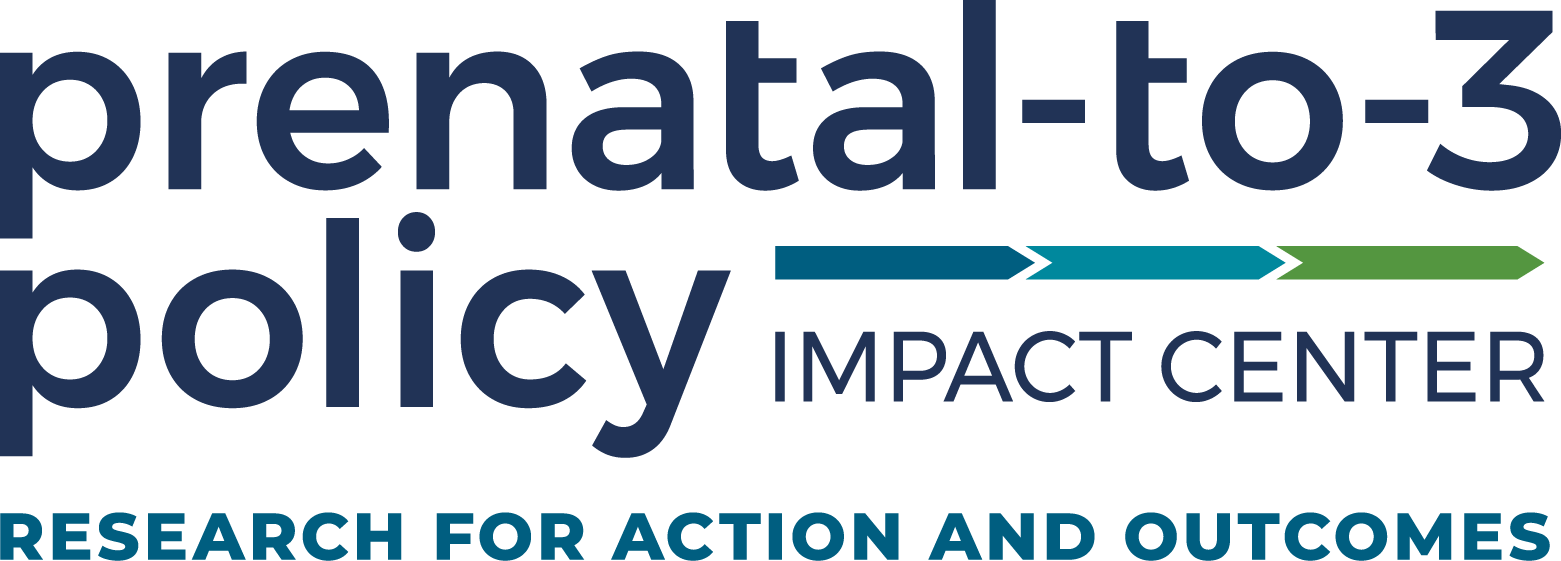Rigorous research finds that statewide paid family and medical leave (PFML) policies have broad beneficial impacts to children, parents and families, and the labor force. This brief provides examples of the impacts of state PFML across a range of outcomes critical to supporting family wellbeing and the prosperity of communities.
© March 2024, Prenatal-to-3 Policy Impact Center, All Rights Reserved. The Prenatal-to-3 Policy Impact Center at Peabody College of Education and Human Development, Vanderbilt University translates research on the best public investments into state policy actions that produce results for young children and society.



